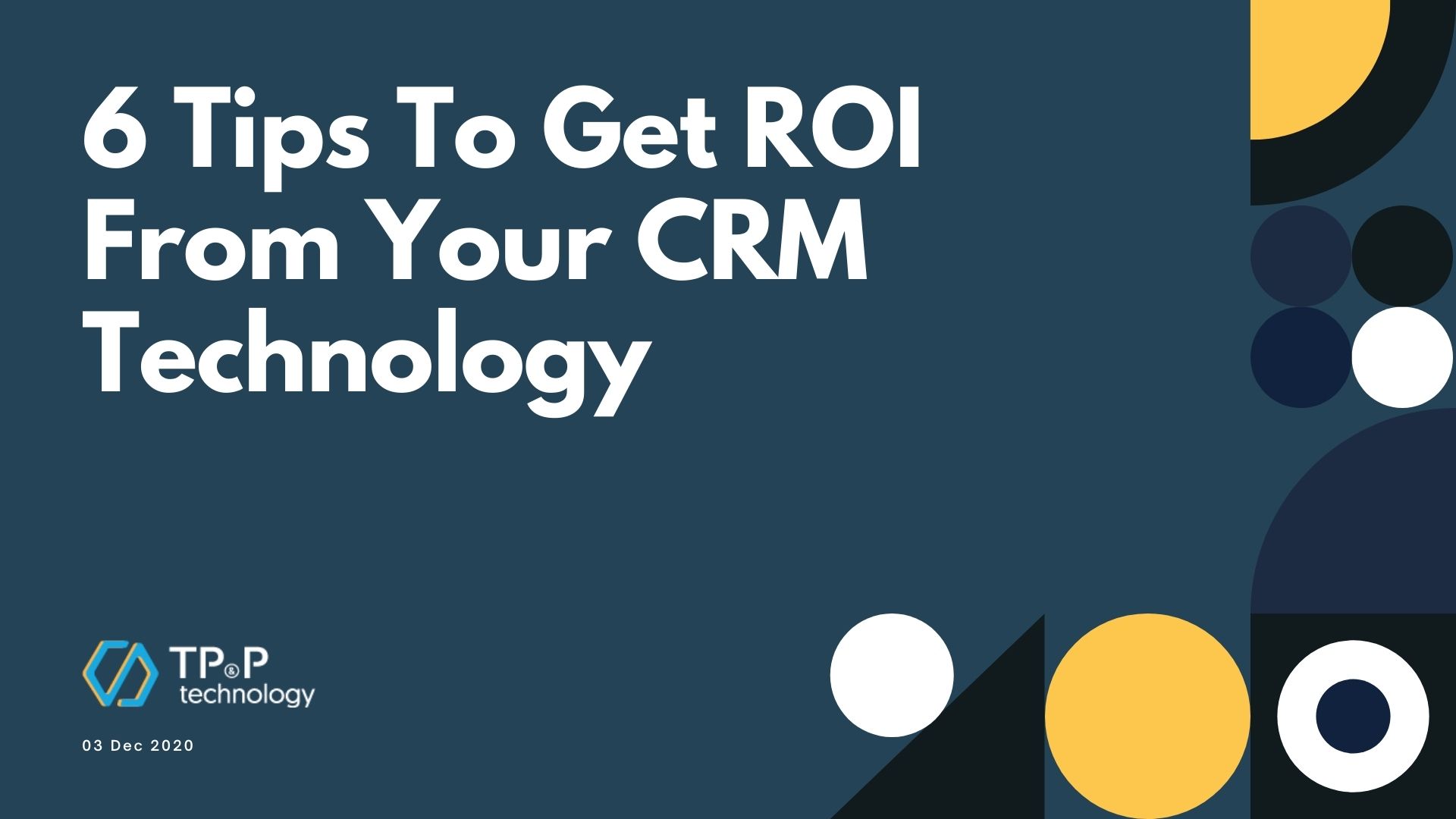
CRM Projects Failure: What You Can Do To Make Them Successful
Gartner’s recent research shows that customer relationship management application has become the most extensive and fastest-growing enterprise software since the global spending is $48.2 billion in 2018 and is expected to increase to $114.4 billion by 2027.
CIO magazine reported that about a third of customer relationship management (CRM) projects failed, range from 18% to 69% percent. Those failures result from over-budgeting, data integrity issues, technology constraints, and so on.
Almost 90 percent of the CRM implementation projects are admitted not to bring any benefits to businesses. The main reason they cannot help companies to increase revenue is the CRM system is often misused. Rather than using it to make sales process improvements, many businesses often use it to check progress reports, make forecast accuracy, gain visibility, predict due dates, and other business intelligence ranges.
Today's CRMs also serve a wide range of users like senior executives to people who work in technology, marketing, finance, and sales. The user strives to address as many goals as possible using just CRMs. But having such a diluted approach for so many different objectives, it’s almost impossible to succeed.
If you want your CRM implementation to success (as in increasing revenue), as one of the top software companies in Vietnam, we strongly recommend you to:
Think of your CRM as a tool to increase sales.
After all, this is the reason why you purchased this system and implemented it. Businesses need to understand that when the sales team interacts with a prospect or customer, they drive the business strategy’s execution.
Using this software, the team needs to understand that implementing a CRM system is not to fulfill the managing report requirements, which is how many businesses view them. And CRMs have little to do with technology. The ultimate goal of CRM is to drive revenue.
CRM is a tool to help businesses sell more of their products, access resources in the sales cycle, and handle their territory. If one company realizes the value of this tool, it can get all the metrics and forecast information as it wants and needs.
Otherwise, there is no use in implementing it. Businesses will end up re-modify the Excel spreadsheet.
Integrate marketing efforts with sales.
Historically, marketing and sales collaborate very poorly on CRM implementation that it is almost a cliche. Marketing people blame the sales department for not keeping up with all the leads generated. Salespeople claim that marketing does not understand the field’s reality and who are the actual potential qualified customers.
To get control of the controversy between these two departments required both groups’ collaborative effort during the process.
Early in the sales cycle, marketing and sales play essential roles in identifying, sharing, and qualifying opportunities to pursue actively. As the sales cycle unfolds, they should have a general and shared understanding of what makes a qualified lead, does that lead fits their ideal customer profile (in terms of company and buyer level).
This helps filter out the deals that they shouldn't be pursuing. Later in the sales cycle, the marketing department needs to combine with sales to create documents that can be customized based on customer goals and case studies, rather than collect information from the sales teams and realize the nonvaluable data.
Finally, both teams can gain a positive feedback loop for overall planning and addressing future needs by working together toward one goal. This type of integration, using your CRM as a binder, can significantly improve the marketing efforts to attract leads and the sales team’s ability to speed up the sales cycle.
It is a real business advantage if businesses can use some of the same metrics to measure both departments’ success.
Managers provide training for improvement, not reporting for testing.
The critical role in driving CRM success is to define how the sales team uses and experiences CRM. If the team only uses it to check activity, call volume, or other performance metrics, CRMs bring little value to the team, and it is such a waste of capital to deploy this software.
Instead, we can use it as a tool to create joint strategies for great opportunities and help the sales team maximize opportunities by training them throughout the sales process. CRM can be a robust system to support training for individual sales calls and manage opportunities, accounts, and territories.


